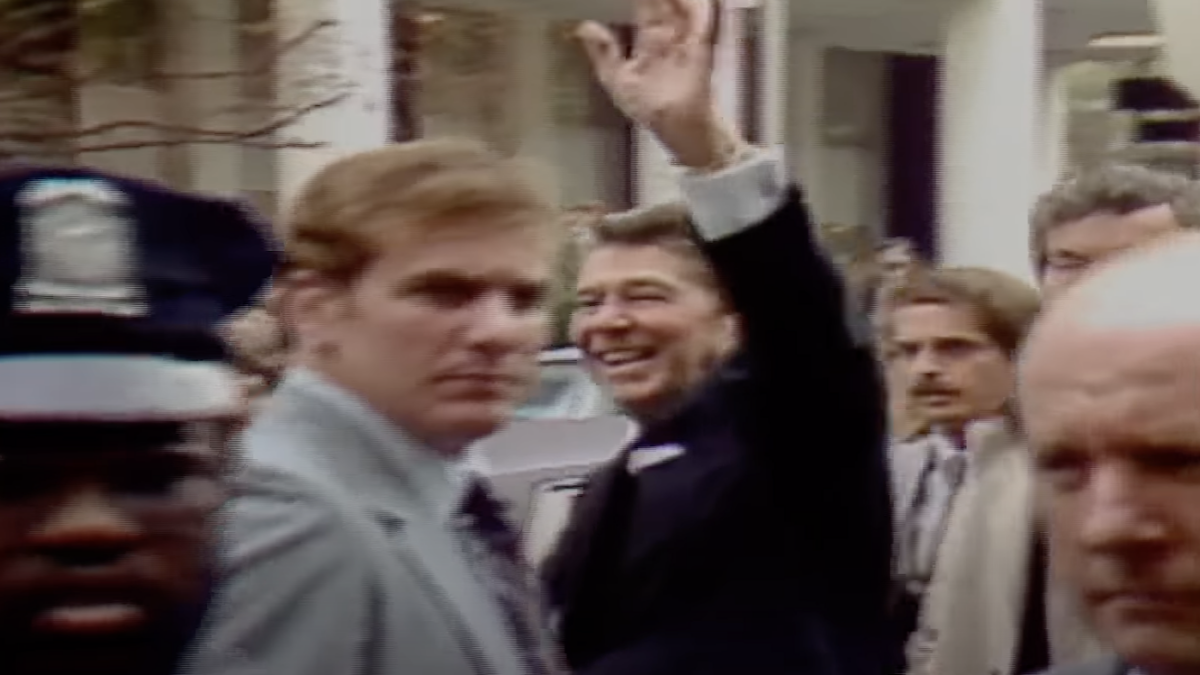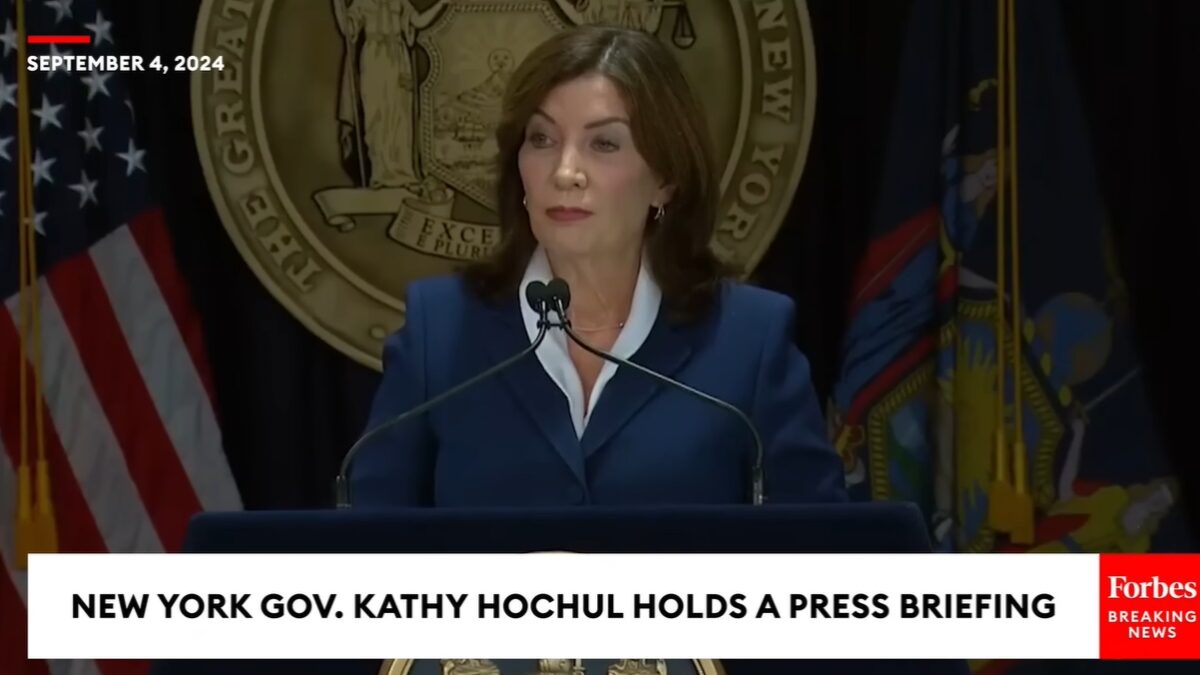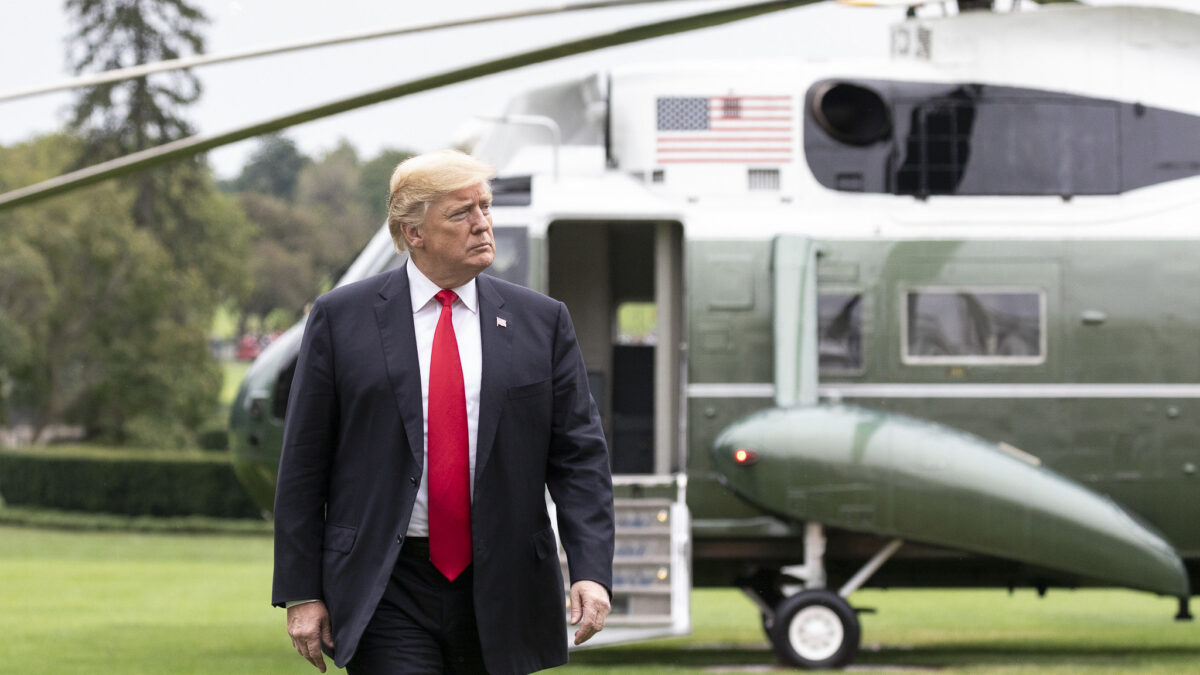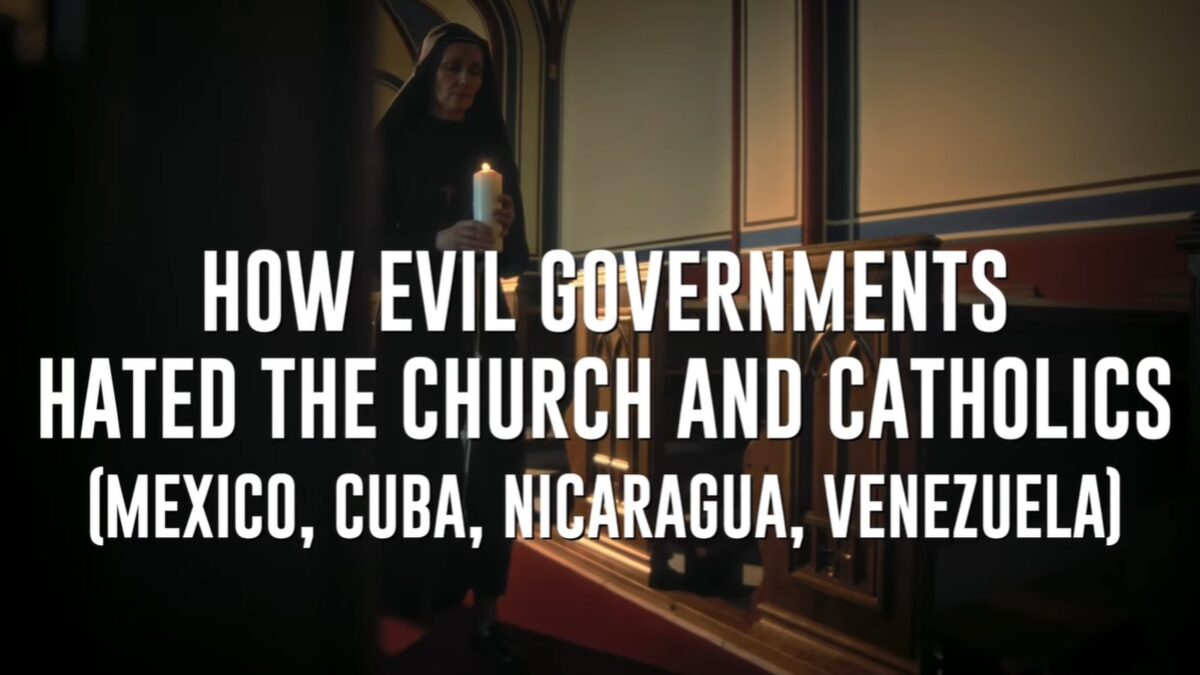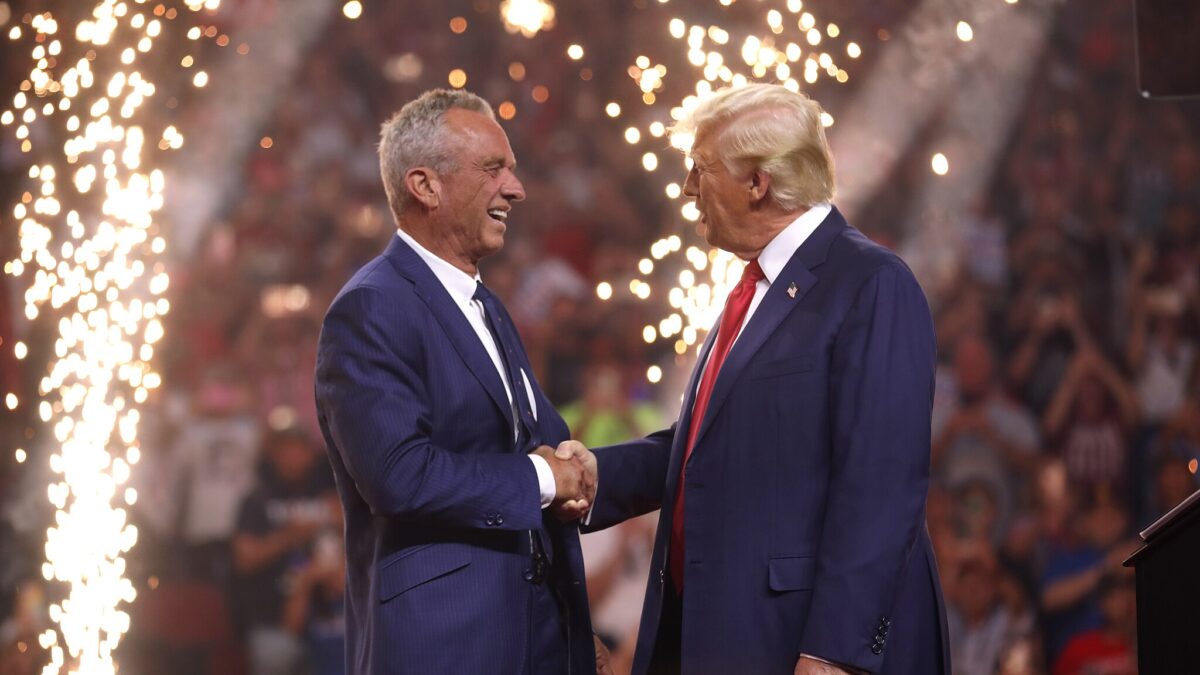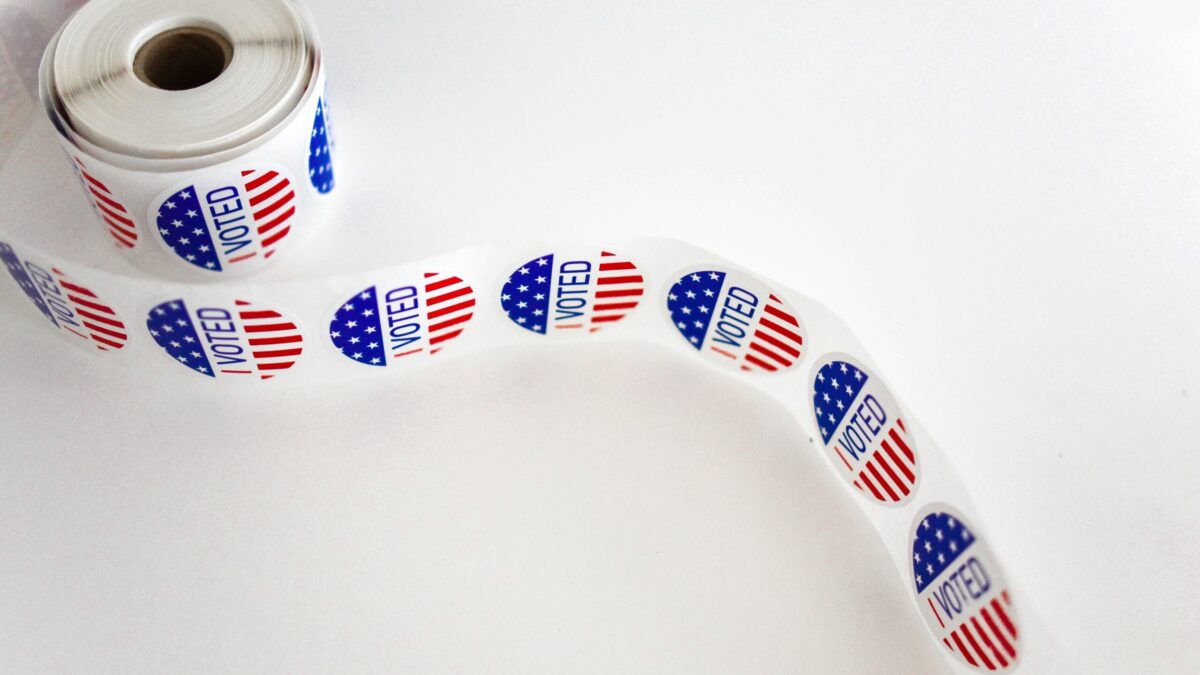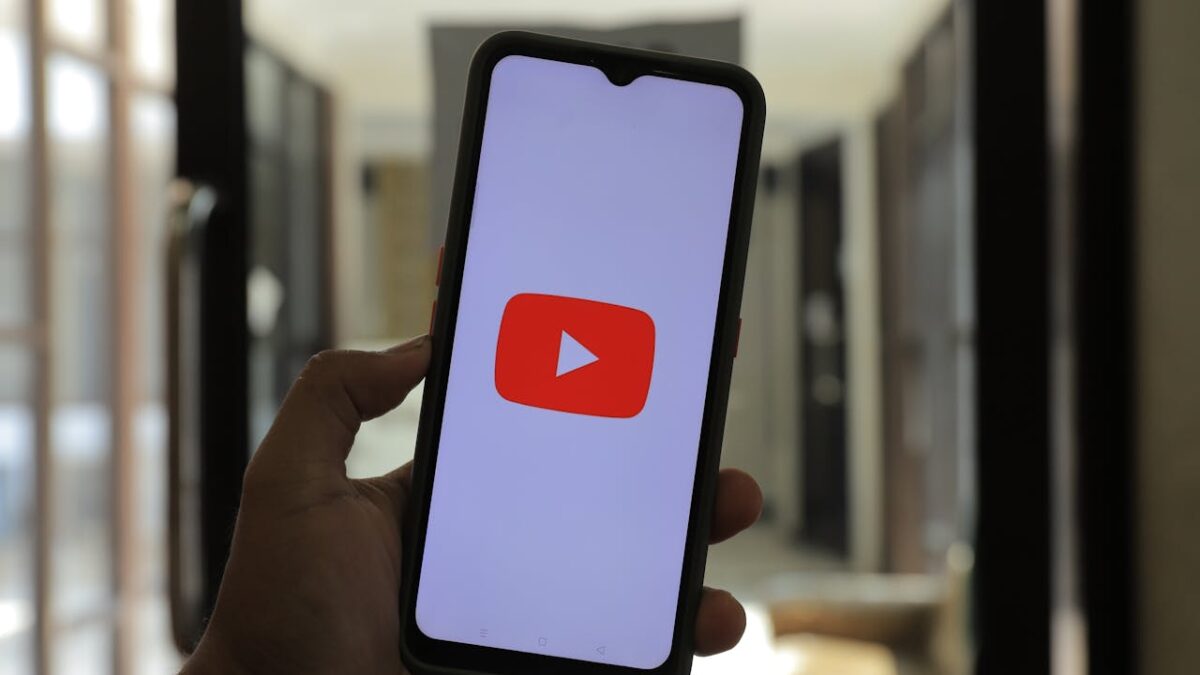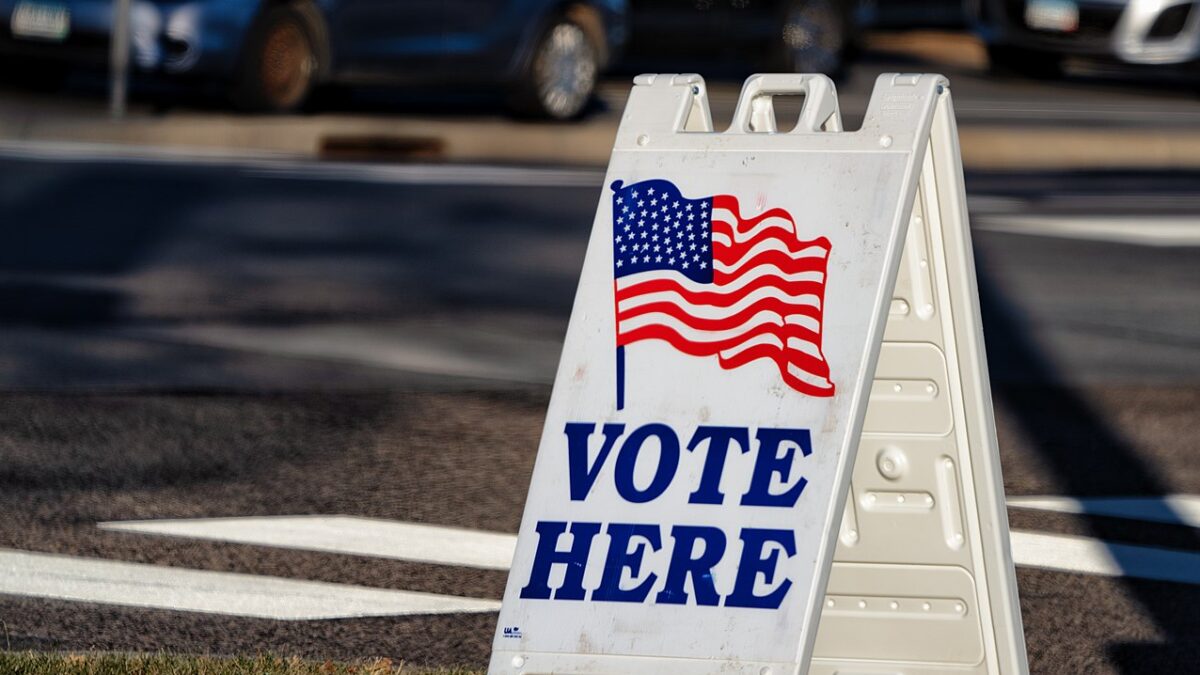Following the assassination attempt on former President Donald Trump, one of the most prominent news bytes among the propaganda media was the shooter’s alleged political affiliation.
Corporate media outlets didn’t hesitate to note that Thomas Crooks, the 20-year-old Pennsylvania native who shot Trump in the face, killed a rally attendee, and injured two others, was a registered Republican.
“Crooks was a registered Republican, according to Pennsylvania voter records,” wrote NBC News in an article the day after the assassination attempt. A CNN article with the headline “What We Know About The Trump Rally Gunman So Far” used the line “A 20-year-old living in a crucial swing state” to begin to describe the man who wreaked irreversible havoc on July 13. USA Today reported that Crooks donated to ActBlue but “registered as a Republican” “after he turned 18” later the same year.
In the wake of Trump’s near assassination, some in the media find the most pressing detail Crooks’ political affiliation, as if Crooks’ allegedly being a registered Republican removes the layer of political violence from the attack: he is supposedly “one of Trump’s own.” Of course, corporate media would love to have another excuse to portray political violence as a right-wing problem, as they have with their coverage of Jan. 6.
In reality, there is no shortage of left-wing radical assassins. Here are five assassinations and assassination attempts on presidents committed by left-wing perpetrators.
1. Lee Harvey Oswald
Lee Harvey Oswald assassinated President John F. Kennedy in Dallas, Texas, on November 22, 1963. It has recently been alleged that Oswald was an agent of the Soviet KGB and was initially ordered to assassinate JFK, though the KGB changed course and Oswald later acted on his own.
In any case, Oswald had declared himself communist and defected to the Soviet Union. Originally a United States Marine, the KGB allegedly recruited Oswald when he was serving with the U.S. military in Japan.
The political climate in the Soviet Union at the time of Kennedy’s assassination was extremely hostile toward the American republic. In the middle of the Cold War, both the United States and the Soviet Union came close to nuclear war, specifically during the Cuban Missile Crisis.
Communism was the rule of the land in the Soviet Union, promoting anti-capitalist philosophies. The Soviet government was a “monolithic, monopolistic ruling party that dominated the political, economic, social, and cultural life of the U.S.S.R.” and was at odds with American culture, politics, and values throughout the duration of the Cold War.
2. Leon Czolgosz
Leon Czolgosz shot and killed President William McKinley in September of 1901. After Czolgosz’s wages were lowered at the mill he worked at, he became increasingly interested in workers’ rights and felt that there was inequality between the rich and the working class. It is reported that he began to read radical books and writings, and was particularly interested in anarchist Gaetano Bresci, who assassinated the king of Italy. Czolgosz himself could be described as an anarchist.
Anarchy is an anti-capitalist, libertarian, and socialist philosophy.
“Left-wing anarchists oppose natural hierarchies, private property, and government. By their logic, a ruler is someone who owns private property, holds a managerial position, or is a government official,” according to the Mises Institute.
“Reportedly [Czolgosz’s] last words were: ‘I killed the president because he was the enemy of the good people — the working people.'”
Czolgosz’s words are consistent with the philosophy of left-wing anarchy. His anger at the president’s supposed attack on the working class underscores Czolgosz’s motivations to assassinate McKinley.
3. Giuseppe Zangara
Another anarchist, Giuseppe Zangara, targeted President-Elect Franklin D. Roosevelt, shouting, “Too many people are starving!” as he aimed at FDR and attempted to shoot him. Zangara fired six shots, hitting five people, including fatally wounding the mayor of Chicago, who was at the event FDR was speaking at.
It is reported that Zangara said, “I don’t hate Mr. Roosevelt personally, I hate all officials and anyone who is rich.” Additionally, he told the FBI, “Since my stomach hurt I want to make even with the capitalists by kill [sic] the president. My stomach hurt long time [sic].”
Like Czolgosz, Zangara was an anarchist with a deep distaste for the wealthy in America. Although FDR was a leftist himself, Czolgosz’s radical left-wing ideology brewed a deep-seated hatred of anyone with privilege, a common pillar of anti-capitalist and socialist theories.
4. Sara Jane Moore
Sara Jane Moore tried to kill President Gerald R. Ford in 1975 at a hotel in San Francisco. She shot at the president from 40 feet away and missed because someone in the crowd grabbed the gun at the last moment.
Moore was not a textbook assassin, she was a mother and accountant in her mid-40s. She was also extremely vague when she described her motives to the police.
However, her life before the assassination attempt provides clues about her radical ideology and paranoia. Moore associated with left-wing groups, and when she became an FBI informant in the 1970s, the bureau tasked her with infiltrating left-leaning radical organizations. Just prior to the shooting, she stopped working for the FBI and was convinced they “wanted her dead.”
“‘I was going to go down anyway,’” Moore said. “‘If the government was going to kill me, I was going to make some kind of statement.’”
5. John Hinckley Jr.
John Hinckley Jr., who shot President Ronald Reagan, was ultimately found not guilty due to alleged insanity.
Recently, Hinckley has decided to start his own political party, called the National Redemption Party.
“The 67-year-old said in a tweet that the NRP is ‘for peace, love, racial equality, LGBTQ Rights, Abortion Rights, the Green New Deal,'” wrote the HuffPost, quoting from a since-deleted post on X. NRP also opposes “‘the Mob that controls the music industry.’”
Hinckley’s party platform uncannily resembles that of the modern-day Democrat Party.
